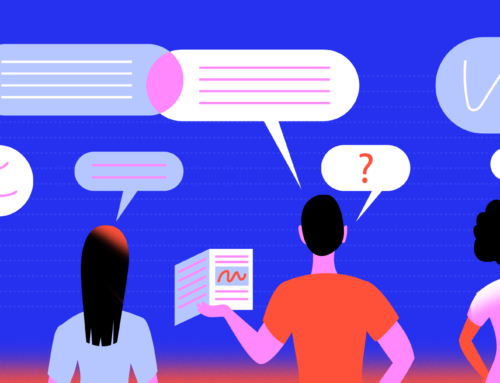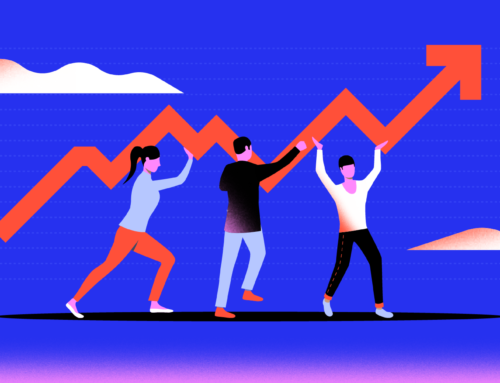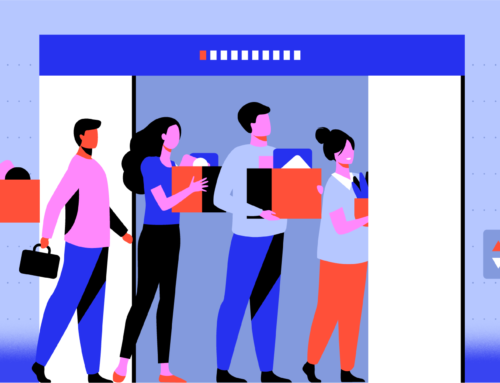Last Updated on December 10, 2021 – 8:01 am
The modern business climate can be challenging. Human resources need to rise to the occasion by ensuring that employees are well equipped for an enduring culture of success. Employee development is neither optional for the organization or the career of the individual. It’s important to maintain that healthy tension between both, considering that companies offering robust training programs have 218 percent higher income per employee than others.
When organizations tend to neglect people’s development, there’s an inevitable loss in terms of reputation and employer brand. This leads to stagnation in business success and provides the competition with crucial advantages in the marketplace.
The benefits of continuous employee growth are immense. However, companies need to have a comprehensive framework to encourage and support the scheme – assumptions and mere coasting will not guarantee any tangible results. Plus, managers are key players in how this ultimately plays out.
Revisiting Employee Growth and Development
It’s important not to assume that everyone understands what employee development is. Therefore, we need a simple working definition for the purposes of this article.
Employee development is the process of investing in the improvement, refinement, and encouragement of employees’ existing skills. It also involves supporting them to acquire new skills and expand their knowledge to ensure they can fulfill more complex and meaningful work.
Therefore, employee development is necessary for employees to fill superior roles and advance their careers within an organization (explicitly) and outside it (implicitly).
Even though providing opportunities for employees primarily develops the employee, their development is always in line with your organization’s mission and business goals.
#1 – Emphasize Soft Skills and Cross-Functional Interaction
Every organization needs to foster a positive culture of teamwork. Promoting emotional intelligence, empathy, and curiosity instead of confrontational competition is a proven recipe for a healthy and supportive workplace. So, instead of aiming for personal achievement alone, employees can aim for group accomplishment and excellence.
While technical knowledge matters at work, employees need to understand leadership and time management. Grooming soft skills is important in improving productivity, performance and enhancing the potential for advancement.
Helping employees to connect better across various levels and departments ensures that individuals are more effective and come to work with an improved sense of the value of their contribution. This can ensure they care more about the impact of what they do on the entire organization.
#2 – Building Relevant Individual Development Plans
The jury is out – generic people development plans are often barely effective. According to research at least 74 percent of employees worry that they are not attaining their full potential. While this may appear bleak, it offers plenty of opportunity for improvement.
Treating employees and their needs individually helps create more widely acceptable development opportunities that match company goals.
However, employee development doesn’t need a direct alignment to their career or line of business. Instead, it needs to be holistic and allow for growing and learning skills that are beneficial for employees personally.
Taking care of employee well-being is a means of personal employee development. Allowing employees to grow intellectually, balance their emotions, or be in top physical shape (as happens at many startups) indirectly impacts their performance at work.

#3 – Inspire Learning Goals within Teams
It’s standard for managers to set performance goals. Yet, team members need to own their own learning and set aligning goals they can share with their team. Throwing individual learning goals in the open improves accountability and gives room to potential “coaches” within the team to know what their peers want to learn.
Team leaders are responsible for helping their direct charges link their learning goals to broader company objectives. They can also ensure that the time and resources necessary to reach these goals are available. The SMART model can help in crafting and engineering attainable goals. SMART is an acronym for Smart, Measurable, Assignable, Relevant, and Timely.
#4 – Encouraging Employees to Grow Continuously
New employees need to settle in fast and well, hence the need for a comprehensive onboarding program. There’s no better way than this to inspire confidence and a sense of belonging. Ninety-six percent of business leaders support workforce education programs because of the positive impact on long-term business growth.
These programs offer continuous learning and development opportunities while supporting greater organizational objectives.
People development needs to show employees that they can grow within the company and form part of a qualified stream of reliable talent. When employees can see the perks of improving themselves through company initiatives, they do not need much else to motivate them.
One key aspect of people development opportunities is to let employees know you value their work and contribution. Higher wages, a promotion, and more relevant responsibilities are some ways to develop the workforce of your dreams.
Conclusion
Continuous employee development efforts are of great value. Employees need to find even more reasons and opportunities to grow after receiving a promotion or completing a training course. An ongoing employee development program should offer your workforce relevant skills, knowledge, and drive to advance their skills for the future.
If you want to learn more about employee development, you can check out our blog posts here.






Leave A Comment